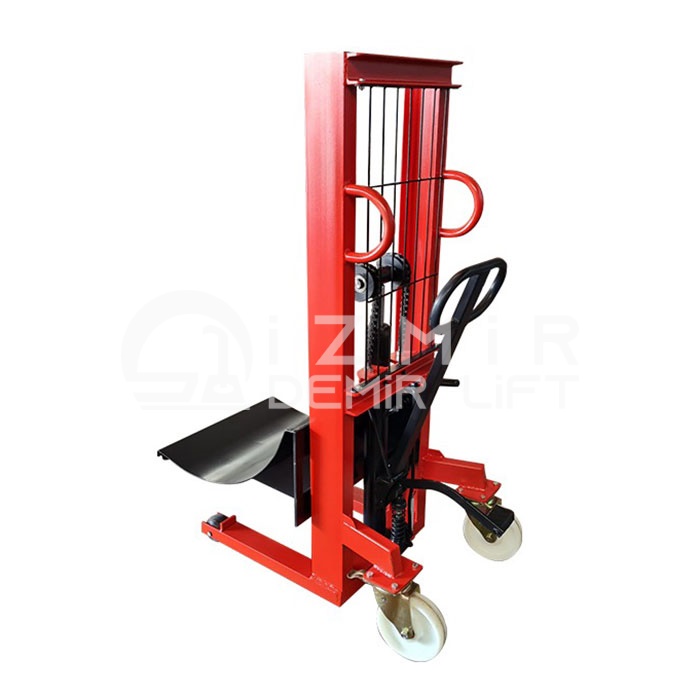
Efficiency and effectiveness in any warehouse operation are important for businesses to gain competitive advantage. Process improvement strategies in forklifts and warehouse operations are methods used to optimize operations and increase efficiency.
Data Analysis and Monitoring:
Data analysis plays an important role in improving warehouse operations. Analyzing the data obtained from forklifts and warehouse equipment allows understanding processes and determining improvement potential. With data analysis, factors such as material movements, warehouse space usage, workload distribution and performance indicators can be evaluated and efficiency can be increased. In addition, it is possible to follow operations instantly and detect errors using real-time monitoring systems.
Process Automation:
Automation of warehouse operations allows processes to be performed faster and more efficiently. Automating forklifts and warehouse equipment reduces dependence on human intervention and minimizes errors. For example, automatic load handling systems provide automatic transportation and placement of materials. This allows operations to be performed faster and more accurately.
Workflow and Path Optimization:
Optimizing the workflow in warehouse operations is an important element of increasing efficiency. Organizing the workflow ensures that the processes from the entry of materials into the warehouse to their exit are managed properly. This includes optimizing material movements, reducing unnecessary movements and shortening path distances. Workflow and path optimization ensures that stacking machines follow the most efficient routes and that materials are placed in the correct locations.
Training and Competency Development:
Employee training and competency development are important for process improvement in warehouse operations. Using stacking machines effectively and safely ensures that operations are carried out efficiently. Providing employees with the most up-to-date information on the use of stacking machines, material handling techniques, safety protocols and warehouse operations contributes to process improvement.
Continuous Improvement:
Continuous improvement ensures that stacking machines and warehouse operations are continuously evaluated and developed. It includes the process of collecting feedback, analyzing performance data and identifying problems. Based on this data, it is aimed to eliminate errors in processes, make improvements that increase efficiency, and adopt best practices.
As a result, process improvement strategies in stacking machines and warehouse operations provide competitive advantage by increasing the efficiency of businesses. Implementation of strategies such as data analysis, process automation, workflow and path optimization, training and competency development, continuous improvement allows warehouse operations to be managed more effectively and efficiently. This provides businesses with cost savings, customer satisfaction, and competitive advantage.